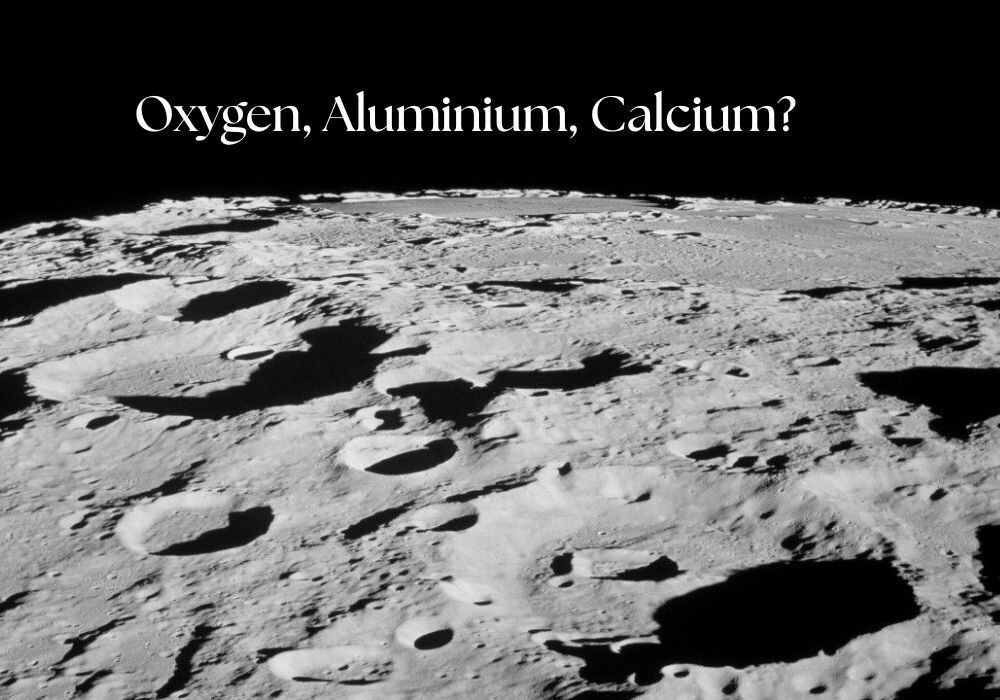

Chandrayaan-3 is back in the spotlight, and it's making waves in the world of space exploration! India's historic Moon mission, which landed on the Moon's South Pole on August 23, 2023, continues to uncover groundbreaking secrets of our celestial neighbour.

Thanks to the Pragyan rover, scientists confirmed the presence of aluminium for the first time at the Moon's South Pole. But that's just the tip of the iceberg, as other elements like calcium, iron, chromium, titanium, manganese, silicon, and oxygen were also detected with the help of the rover's powerful spectrometers, offering fresh insights into the Moon's surface dynamics and hinting at the potential for water ice reserves, as reported by CNBCTV18.
The mission has detected about 250 seismic signals in the region, with at least 50 that can't be linked to the rover's movements or any equipment operations. This hints at the thrilling possibility of Moonquakes, a discovery that could change everything we know about the Moon's inner workings. It's the first seismic data collected from the southern lunar pole and the first since the Apollo missions, making this find all the more remarkable.
But that's not all. The mission also revealed some extreme temperature swings beneath the surface. The ChaSTE probe, carried by the Vikram lander, measured surface temperatures soaring to 82°C before plummeting to a chilling -168°C just 10 cm below the surface. These findings could provide valuable insights into lunar conditions, especially in sloped areas near the South Pole, where temperatures may be cold enough to preserve stable subsurface water ice, opening up exciting possibilities for future lunar resource exploration, as highlighted by the Indian Space Research Organisation (ISRO).
As the rover explored the Moon's surface, it uncovered clues from the distant past—revealing ancient impact events and elements from the Moon's primitive mantle, exposed by the South Pole-Aitken Basin around 4.3 billion years ago. This rare glimpse into the Moon's deep interior offers scientists a chance to validate long-held theories about its molten origins and how it evolved.
But the discoveries don't stop there. The rover also detected low-density lunar plasma and unearthed a massive, 160-kilometre-wide ancient crater, a testament to the Moon's turbulent geological history. These findings continue to reshape our understanding of the Moon's dynamic past.
Responses








